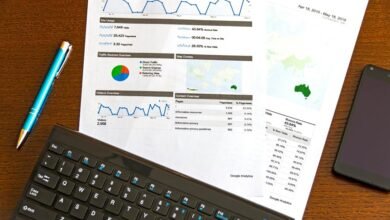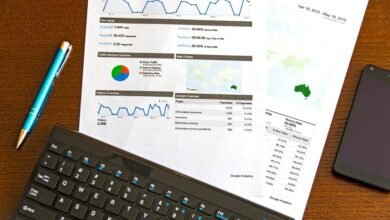7701407020 Decoding Mobile Data Breakdown by Region

The breakdown of mobile data usage by region reveals a complex landscape shaped by various factors. Urban areas demonstrate advanced connectivity and higher data consumption, influenced by demographic trends and economic status. Conversely, rural regions struggle with inadequate infrastructure, resulting in notable disparities. These differences highlight the need for strategic investments. Understanding the nuances of these patterns may unlock solutions for bridging the digital divide and fostering growth. What strategies could effectively address these regional challenges?
Regional Mobile Data Usage Trends
As mobile technology continues to evolve, regional disparities in data usage have become increasingly pronounced.
Urban reliance on high-speed networks contrasts sharply with rural consumption, where limited infrastructure hampers access.
This divergence highlights the importance of addressing the digital divide, as urban centers benefit from robust data services while rural areas struggle to meet basic connectivity needs, impacting overall economic and social progress.
Demographic Insights Into Mobile Data Consumption
How do demographic factors influence mobile data consumption patterns across different regions?
Age demographics significantly shape user preferences, as younger individuals often prefer data-heavy applications.
Income levels dictate the choice of data plans, while urban vs rural distinctions reveal variations in smartphone penetration.
These elements collectively underscore the intricate relationship between demographics and mobile data usage, impacting consumption trends across diverse geographical areas.
Impact of Infrastructure on Connectivity
While the availability and quality of infrastructure play a crucial role in determining connectivity, regional disparities significantly influence mobile data access and usage.
Infrastructure development varies widely, leading to pronounced connectivity gaps that restrict user experience and data accessibility.
Areas lacking robust infrastructure often face challenges in mobile data consumption, underscoring the need for targeted investments to bridge these gaps and enhance overall connectivity.
Emerging Technologies and Their Influence on Mobile Data Patterns
Emerging technologies are reshaping mobile data patterns by introducing new capabilities and enhancing user experiences.
5G advancements facilitate faster data transmission, while IoT integration fosters a seamless connection among devices.
Blockchain applications enhance data security and integrity, promoting trust.
Additionally, AI optimization streamlines data management and user interactions, ultimately influencing consumption trends and providing users with greater freedom in their digital activities.
Conclusion
In the intricate tapestry of mobile data usage, regional disparities weave a narrative of opportunity and challenge. Urban areas, vibrant and bustling, thrive on high-speed connections, while rural landscapes remain shadowed by infrastructural limitations. This digital divide creates a chasm that hinders collective progress. As emerging technologies continue to blossom, targeted investments in underserved regions could serve as a bridge, fostering equitable access to mobile data services and knitting together a more connected future for all.



